
Real pickles are made with lacto-fermentation. Fermented foods are a great way to include natural probiotics into our daily diet. Probiotics are the good bacteria and we definitely want to have more of that than the bad kind. I see it as having more of Batman and less of The Joker. 🙂
Eating probiotic-rich pickled foods can help combat candida overgrowth (yeast) and help keep your gut flora healthy.
My all-time favorite fermented food is kombucha (read our step-by-step instructions for brewing kombucha). Other fermented foods that are popular are sauerkraut and kimchi. If you’re buying them at the store, make sure you get them in the refrigerated section. If its lacto-fermented (with salt, not vinegar) it must be in the fridge section. Chances are, this is not the same sauerkraut you’ll find at the hot dog cart!
You can pickle just about any vegetable with lacto-fermentation! All you need is a mason jar, really, but I must admit I have my eye on some fermentation crocks.
Apparently making your own fermented food is also great because your ferments will pick up some of the bacteria from your home environment…
Healthy? check!
Cheap? check!
Local? check!
Sounds good to me!
Recipe: Fermented carrots! (AIP friendly)
Ingredients
- 8-10 medium carrots, shredded
- 2 cloves of garlic, chopped
- 2 Tbsp sea salt
- 1 leaf (cabbage preferred but lettuce will work)
Instructions
- Shred carrots (I live for my food processor) and place in mixing bowl
- Add chopped garlic cloves and sea salt
- With your hand, mix the ingredients while squeezing the carrots (the idea is to get the “juice” of the carrots flowing so your mixture will be a quite watery)
- Patience, keep mixing and squeezing
- Place in your glass jar leaving about an inch on the top since it might spill over as it ferments
- Cover with your cabbage leaf, trying to tuck it in so the carrots are not exposed to air
- Optional: add a weight to hold the cabbage leaf and liquid down. I used a baby food jar filled with water which fit my jar nicely.
- Recommended: place in a shallow bowl in case spillover (normal!) happens when fermenting
- Let it sit for 2 weeks checking every other day to make sure its still below water. You can add water if its getting to dry and also remove any mold if its been exposed to air and just let it keep going!
- When its done (gauged by taste) place a lid on it and refrigerate.
- The refrigeration will slow down the fermentation process.
- Enjoy!
Pickled carrots are great, and I plan on experimenting with other pickled vegetables soon.
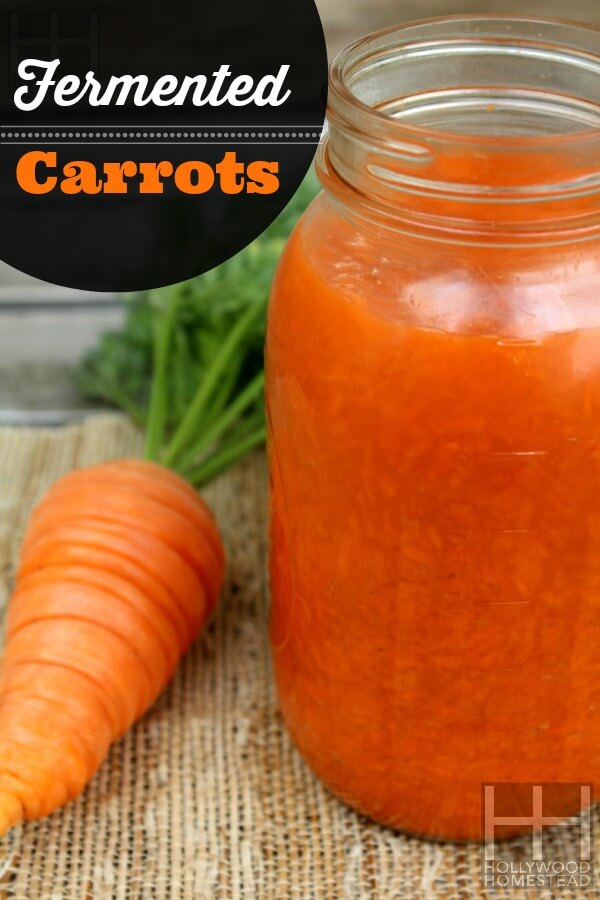
Do you eat lacto-fermented foods? What are your favorites? Store bought or homemade? Tell me in the comments below!
Want to learn more about fermenting food? Check out Oh Lardy’s Guide to Fermenting Fruits & Vegetables. You will get easy instructions and delicious recipes to put you on the road to better health.
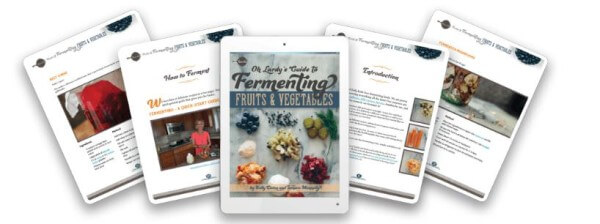
Latest posts by Sylvie McCracken (see all)
- Treating H. Pylori (Part 3): What H. Pylori Does to the Body - August 8, 2022
- Treating H. Pylori (Part 2): How H. Pylori is Contracted - August 3, 2022
- Understanding Beef Labels: Organic, Pastured, Grass-Fed & Grain-Finished - July 25, 2022

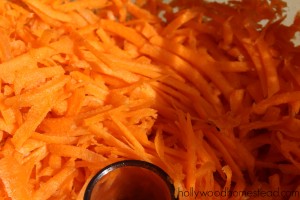
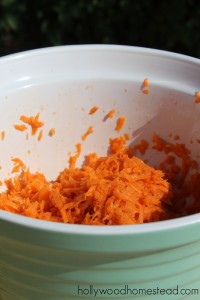
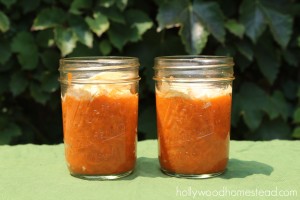
Hi Syvie, just came across your page and love it can you tell me what liquid is used is it water or carrot juice??? any salt added? also do you have any favorite recopies using them.
Thanks
I’m curious why you shred your carrots and how you use them?
Hi Jeanette,
Basically because I wanted it to be similar to a sauerkraut. 🙂 I just take a couple small spoonfuls of them with my breakfast usually.